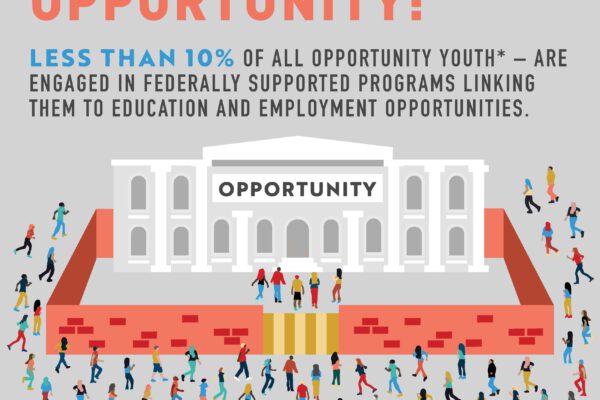Direct Admissions: Considerations for Policy and Practice
Title: The Link Between Student Lists and Direct Admissions: Pros, Cons, and Policy Implications
Authors: Lynneah Brown and Rachel Burns
Source: State Higher Education Executive Officers Association
Researchers from the State Higher Education Executive Officers Association (SHEEO) recently released a short report on considerations around direct admissions policies. Direct admissions is a method to admit students to an institution while circumventing the traditional student application process. This is an increasingly popular tool in which colleges let students know that they have been accepted and provide consumer information about their institutions—all without students having to formally apply for admission. State systems of higher education are increasingly interested in advancing such programs.
As the research team from SHEEO points out, there are several factors that state and institutional leadership should take into account when formulating plans and policies on direct admissions. One consideration is the intended audience. Though direct admissions programs are a relatively recent policy development, they have already taken a variety of forms, and institutions and states are interested in pursuing these practices to achieve different goals. For example, some state systems or institutions may use direct admissions to expand access to students from backgrounds underrepresented in higher education, such as first-generation or low-income students. However, there are also examples of direct admissions programs that are designed to prevent “brain drain,” the phenomenon of potential college students leaving the state.
Another factor is data availability. Direct admissions relies on robust longitudinal, student-level data, and this is not always immediately available to institutions. The authors argue that student lists—or student contact and academic information—are a strong option for direct admissions policies, but they should be used with caution. While there is now a wider range of vendors in the educational technology sector that offer student lists, prior research points out that student lists often leave out students of color, students from low-income backgrounds, and students from rural communities.
A link to the report can be found here.
—Alexander Cassell
If you have any questions or comments about this blog post, please contact us.

